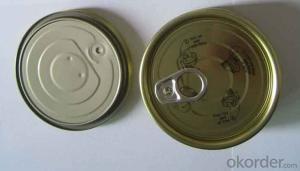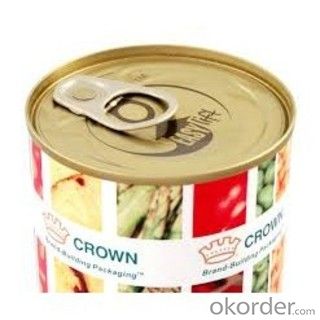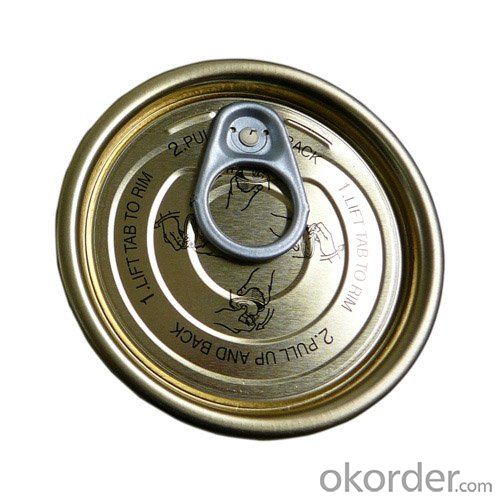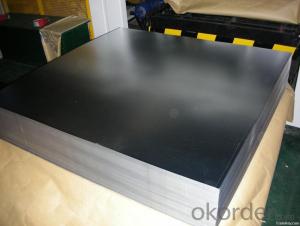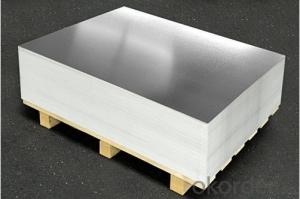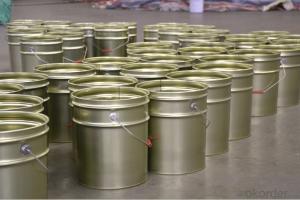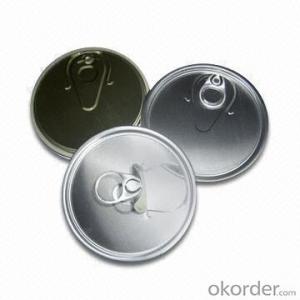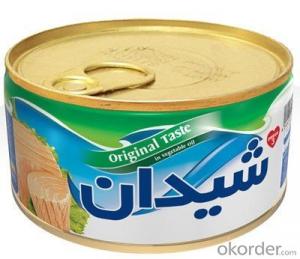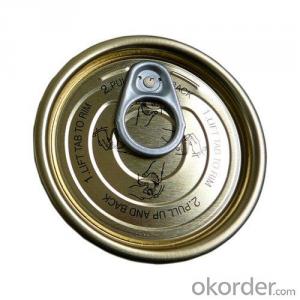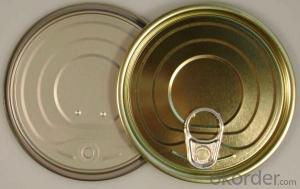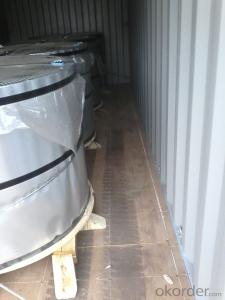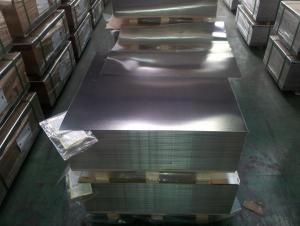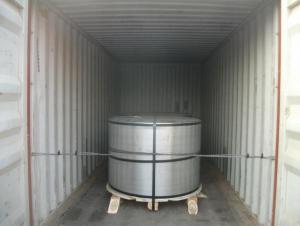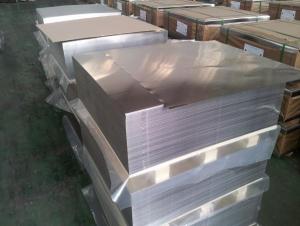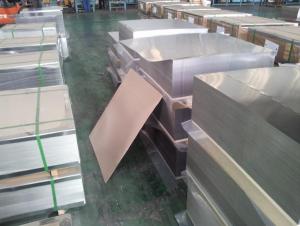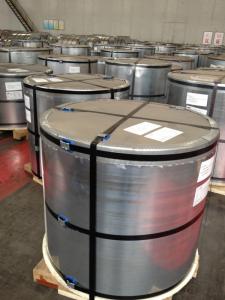Tinplate Material Easy Open End, Food Can, Full Open
- Loading Port:
- Guangzhou
- Payment Terms:
- TT OR LC
- Min Order Qty:
- 100000 pc
- Supply Capability:
- 100000000 pc/month
OKorder Service Pledge
OKorder Financial Service
You Might Also Like
Brief Details
Metal Type: Tinplate
Type: Easy Open End, Can lid
Feature: Non Spill, Full open
Custom Order: Accept
Model Number: 200#
Name: 50mm easy open end
Size(mm): 50
Inner coating: White porcelain
Shape: Round
EOE Specifications
1.Coating:Epoxy phenolic
2.Material:tinplate
3.Dia:50mm
4.Factory
5.Can offer OEM service
Name | Tinplate easy open end |
Item No. | 200# |
Shape/type | Round |
Size(mm) | Dia 50 |
Coating | Epoxy phenolic |
Material | Tinplate |
Pcs/20 GP’ | 3,120,000 Customize packing: as clients’ requests. |
Features | 1.Used for packaging of tomato paste,jam,salad…etc. 2.Coating can be according to the customer required. |
Our packing
We could offer package as customers require, by carton or by wooden pallet.
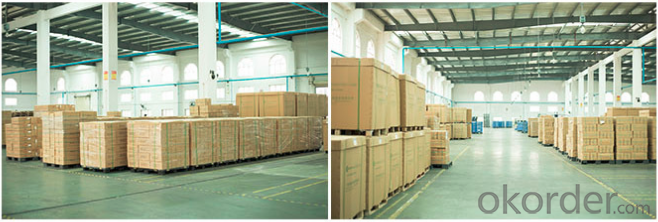
Our Workshop
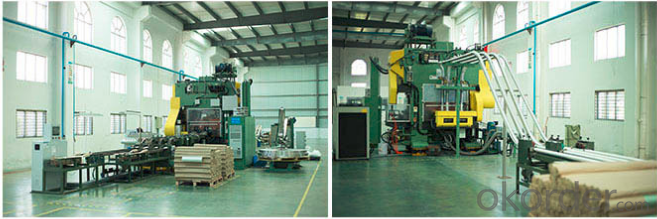
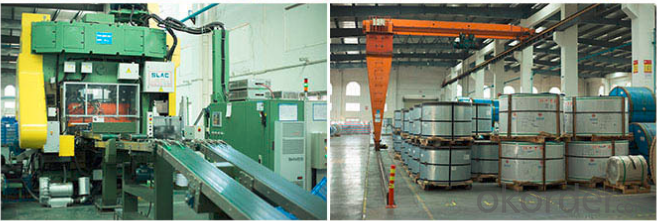
FAQ
1.Q: What is the material of EOE?
We can offer both tinplate and aluminum material made EOE;
2.Q:Could you offer samples for our testing?
YES, we could offer sampler for free if needed;
3. Q:Can you make new mold with customized size I need?
YES, We can make mold for you if reach some qty.
- Q: How does tinplate perform in terms of tamper-evident features?
- Tinplate performs exceptionally well in terms of tamper-evident features. Its inherent strength and durability make it difficult to tamper with or manipulate without leaving clear signs of tampering. Additionally, tinplate can be customized with various tamper-evident mechanisms such as seals, closures, or indicators, further enhancing its reliability as a tamper-evident packaging material.
- Q: What are the different ways to open tinplate containers?
- There are several ways to open tinplate containers, including using a can opener, a pair of scissors, a knife, or pulling the tab if it is a pop-top can.
- Q: Can tinplate packaging be used for electronic products?
- Yes, tinplate packaging can be used for electronic products. Tinplate is a durable and corrosion-resistant material that provides good protection for electronic devices. It can be used to make packaging boxes, cases, or containers to safeguard and store electronic products effectively.
- Q: What are the benefits of using tinplate for electrical components?
- Using tinplate for electrical components offers several benefits. Firstly, tinplate is highly corrosion-resistant, which helps protect the components from moisture and other environmental factors that can cause damage. Additionally, tinplate has excellent electrical conductivity, ensuring efficient and reliable performance of the electrical components. Moreover, tinplate is lightweight and durable, making it suitable for various applications. Lastly, tinplate is cost-effective, as it is readily available and its production process is relatively inexpensive. Overall, these advantages make tinplate a preferred choice for electrical components.
- Q: How is tinplate stored and transported?
- Tinplate is typically stored and transported in rolls or sheets. It is commonly packaged in coils and secured with strapping or wrapping to prevent damage during transportation. These coils or sheets are then loaded onto trucks, ships, or trains for distribution to manufacturers and consumers. Additionally, proper handling and storage conditions are crucial to maintain the quality of tinplate, such as protecting it from moisture, extreme temperatures, and physical impact.
- Q: What are the common challenges in recycling tinplate packaging?
- Some common challenges in recycling tinplate packaging include contamination from other materials, such as paper or plastic, which can make the recycling process more difficult and less efficient. Additionally, tinplate packaging often contains a plastic lining or coating, which must be removed before recycling the tinplate itself. Another challenge is that tinplate packaging is often small and lightweight, making it more prone to being lost or mixed in with other waste streams. Finally, there may be limited infrastructure or collection systems in place to effectively collect and recycle tinplate packaging.
- Q: Can tinplate be used for packaging alcoholic beverages?
- Yes, tinplate can be used for packaging alcoholic beverages. Tinplate is a commonly used material for cans and can provide a protective barrier against external factors such as light and oxygen, ensuring the quality and freshness of the alcoholic beverages.
- Q: What are the main applications of tinplate in the medical industry?
- Tinplate is primarily used in the medical industry for packaging pharmaceutical products, such as pills and tablets, due to its excellent barrier properties against moisture, light, and oxygen. It is also commonly used for medical device packaging, ensuring the sterility and protection of sensitive equipment. Additionally, tinplate is utilized in the production of medical instruments and tools, as it provides a durable and corrosion-resistant coating.
- Q: How does tinplate contribute to the protection of pharmaceutical products?
- Tinplate contributes to the protection of pharmaceutical products by providing a reliable and durable packaging material. Its corrosion-resistant properties prevent contamination and ensure the integrity and safety of the products. Additionally, tinplate's ability to block out light and oxygen helps to extend the shelf life of pharmaceuticals, maintaining their effectiveness over time.
- Q: What are the main factors influencing the pricing of tinplate?
- The main factors influencing the pricing of tinplate include the cost of raw materials, such as tin and steel, market demand and supply dynamics, production and manufacturing costs, currency exchange rates, and government regulations. Additionally, factors like changes in global trade policies, geopolitical tensions, and overall economic conditions can also impact the pricing of tinplate.
Send your message to us
Tinplate Material Easy Open End, Food Can, Full Open
- Loading Port:
- Guangzhou
- Payment Terms:
- TT OR LC
- Min Order Qty:
- 100000 pc
- Supply Capability:
- 100000000 pc/month
OKorder Service Pledge
OKorder Financial Service
Similar products
Hot products
Hot Searches
Related keywords
